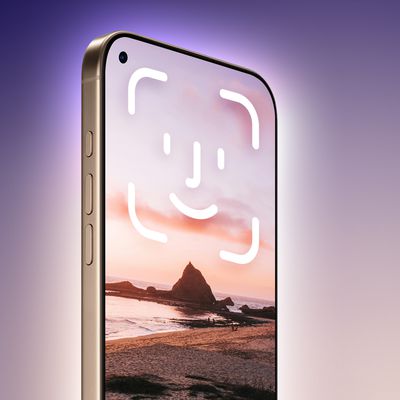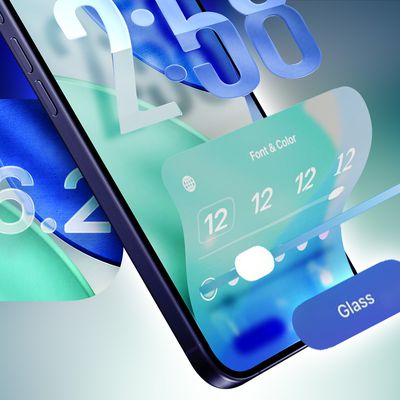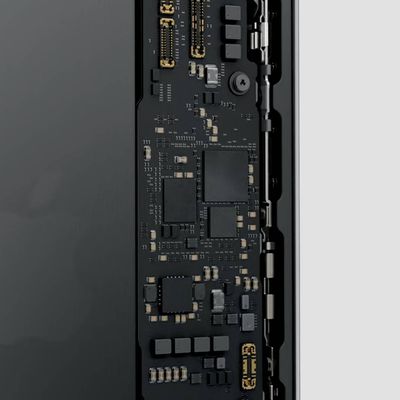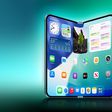In iOS 26, you can use AirPods 4, AirPods Pro 2, or AirPods Pro 3 as a wireless microphone with supported camera apps. Think of it as turning your AirPods into a lapel mic – you get professional-quality audio capture as well as the freedom to move around during recording. Here's how it works.

Setting Up AirPods as Your Camera Microphone
Using AirPods as a microphone in iOS 26 requires just a few quick steps through Control Center. Make sure your AirPods are connected to your iPhone or iPad before you begin. Note that using AirPods as a camera microphone isn't available in all countries or regions.
- With your AirPods in your ears, open the Camera app.
- Switch to Video mode in the Camera app.
- Open Control Center by swiping down from the upper-right corner of the screen.
- Tap Camera Controls at the top.
- Under "Audio & Video," tap Input, then select your AirPods from the pop-up menu. (Note: You might also see Same as System as an option.)

Mic Mode Options
From the same Camera Controls screen, you can also choose from four different microphone modes to suit your recording environment:
- Automatic: Lets your device choose the optimal setting.
- Standard: Default audio processing.
- Voice Isolation: Reduces background noise and emphasizes speech.
- Wide Spectrum: Captures a fuller range of ambient sounds.
Start Your Recording
When you're ready, press the stem on your AirPods to begin recording video. You now have hands-free control over your recording session while your AirPods capture the audio. When you're done, press your AirPods stem again to end the shoot.























Top Rated Comments
Check Marco Arment's "Podcasting Microphones Mega-Review" for desktop mic reviews (tldr; Earthworks ETHOS, Shure Beta 87A, Rode PodMic and many others), and watch some of the hundreds of Curtis Judd YT reviews of all types of mics and audio interfaces.
Pro audio doesn't come easy or super cheap and there is no alternative to looking at a bunch of reviews and trying out a few pieces of gear yourself with your own voice in your own recording environment with your own recordings.
I believe the point of this is that while you could probably get cleaner audio from an iPhone Pro, you'd have to position that iPhone closer than you might want in a video. The AirPods are less obtrusive and (I suspect) good enough quality for general use.
Marketers love to trot out that term. It could really mean anything, honestly. If any person who makes money doing something uses AirPods for audio, it automatically is "professional quality". LOL